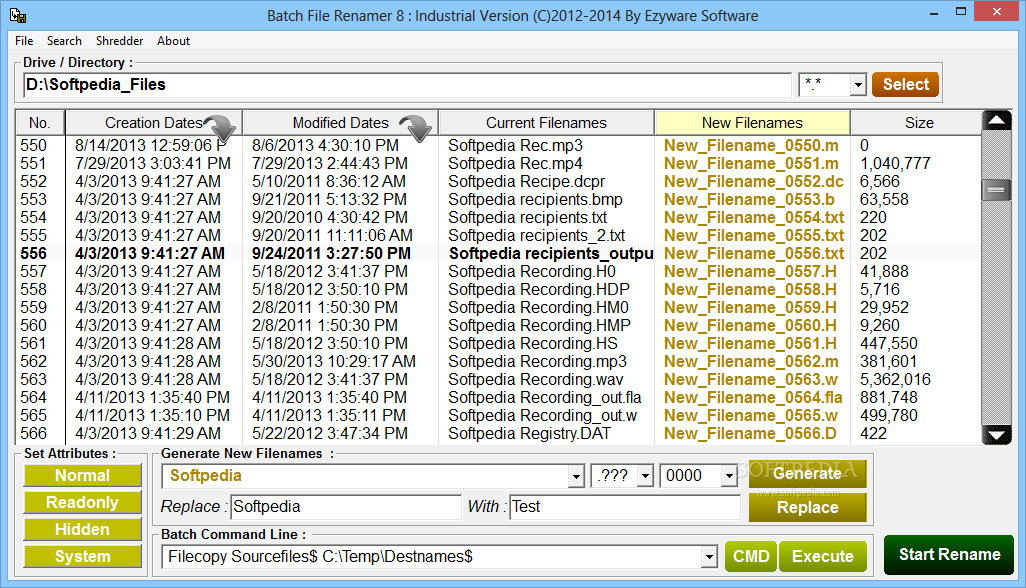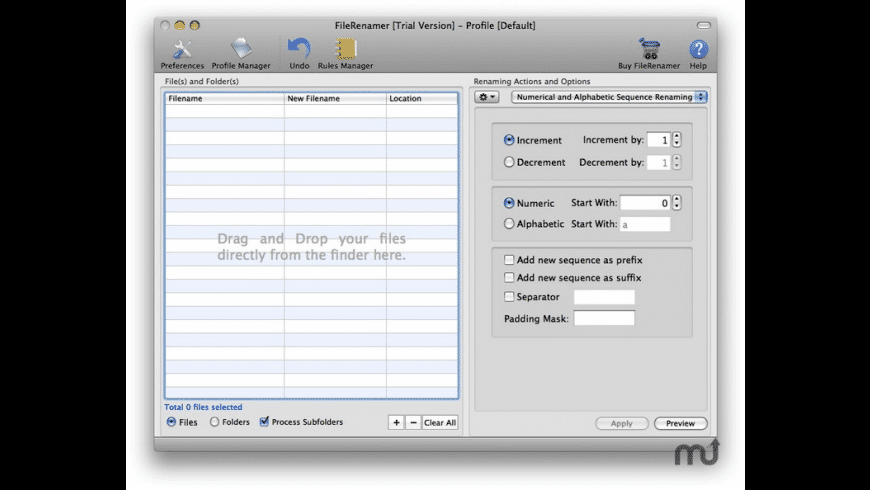


If you enter #, the generated numbers will be 001, 002, 003, etc. (Of course, for this to work, the Replace # symbol(s) with auto-incrementing number option must be selected.) You can control how many digits the automatic numbers should have by entering several # characters next to each other: if you enter #, they will be replaces with the two-digit numbers: 01, 02, 03, and so on. Notice the # symbols at the end of the file name in the To area: you can use it as a placeholder for the image number: when renaming the selected files, AB Commander will replace the # symbols with a number, starting with the one you've specified, incrementing it automatically when renaming the next file. Giving the image files more descriptive names (Remember that you can use the Quick View command of AB Commander to see the images without starting your digital imaging software.) For example, if you want to rename the images that you took during the hike to Angel's Landing of Zion National Park, select the image files that you took during that part of the trip, choose the Rename command, and specify how you want the files to be renamed: To do that, first use AB Commander to navigate to the folder when you have imported the digital images or movies, and select the files that belong to the same event. With AB Commander, you can use the Rename command to quickly rename many files in one step, giving them more descriptive names that make sense to you rather than to your digital camera software. Still, would not it be nice to give your digital images the names of your choosing that better describe what the images are all about?
BEST FREE PHOTO RENAMER WINDOWS
Take control of your files and folders with AB Commander file manager for Windows 11, 10, 8. Viewing the image files with the Quick View tool of AB Commander You can use the Quick View command of AB Commander to view each image file directly within AB Commander, without opening a dedicated graphics application or a separate image viewer:

The original file names of the images imported from a digital camera. After all, the pixels are free, waste no natural resources, so why not take as many of them as possible while on a trip, and then sort through them at home, selecting the best one for the more permanent collection? Sure, sounds like a good strategy, except that when you do finally get home and import the images from the camera into your computer, more often than not the images would get some very dull file names, having no connection to what each image is about: If you are like most other people who take their digital cameras with them on vacation, you take a lot of pictures.


 0 kommentar(er)
0 kommentar(er)
